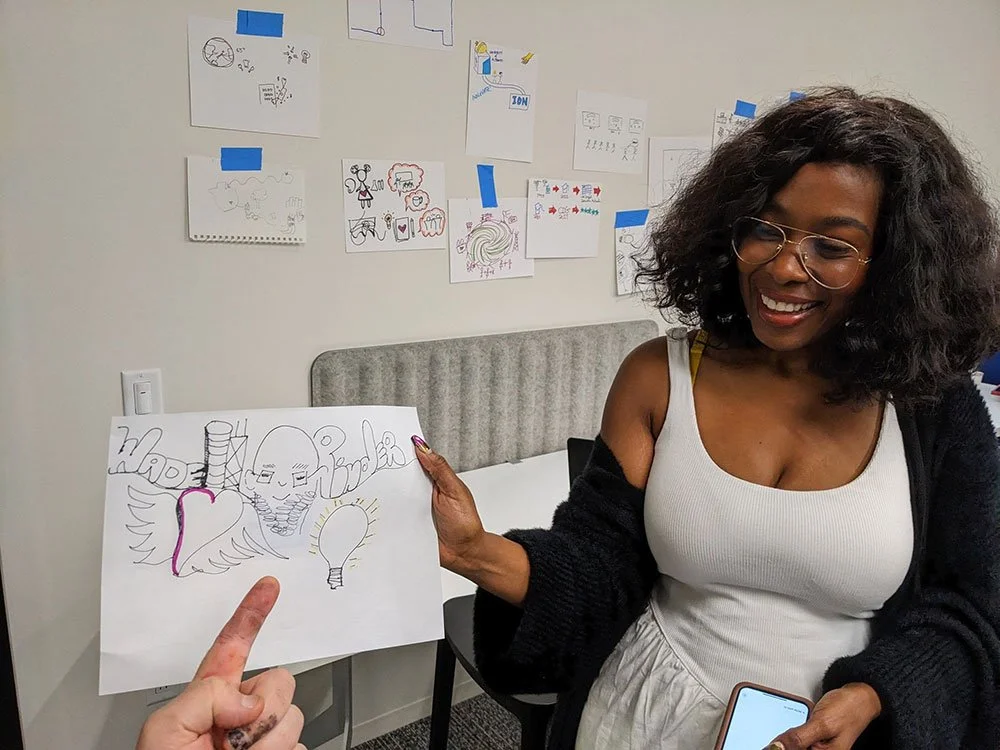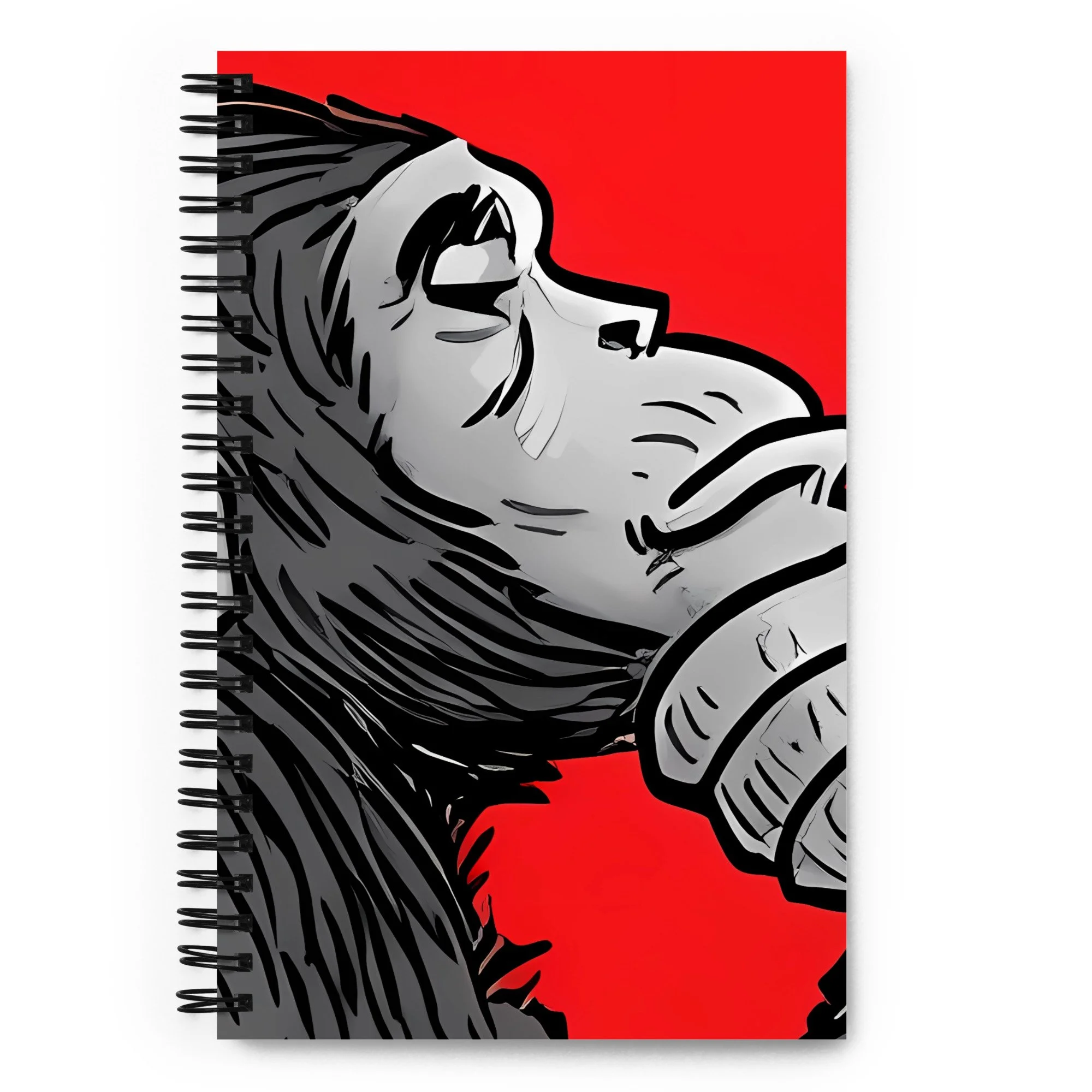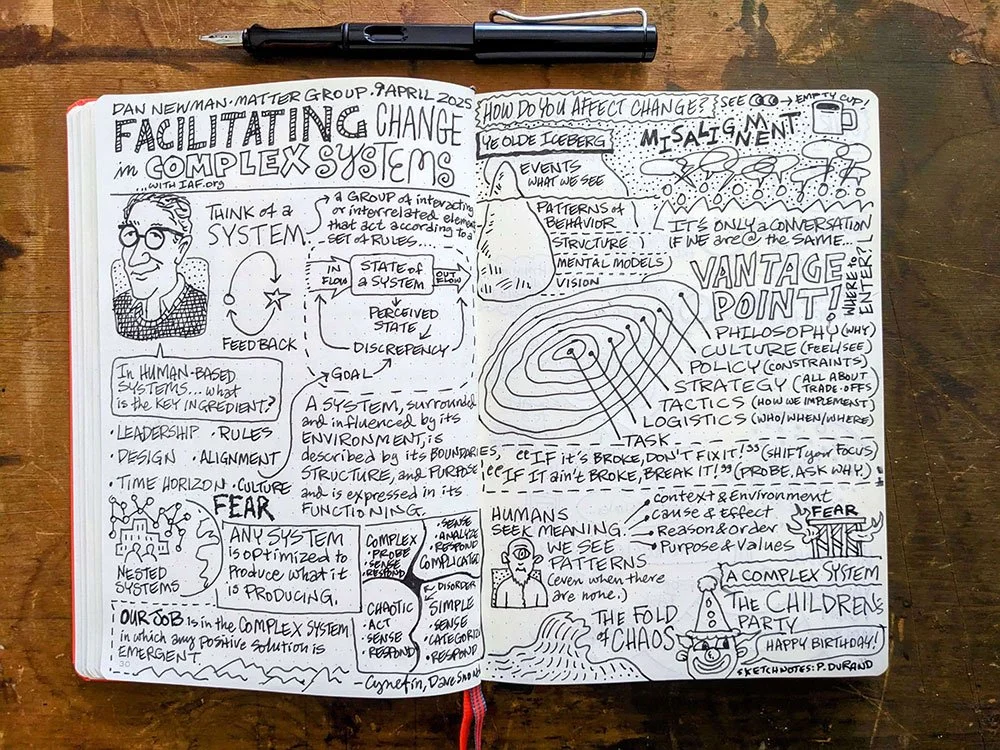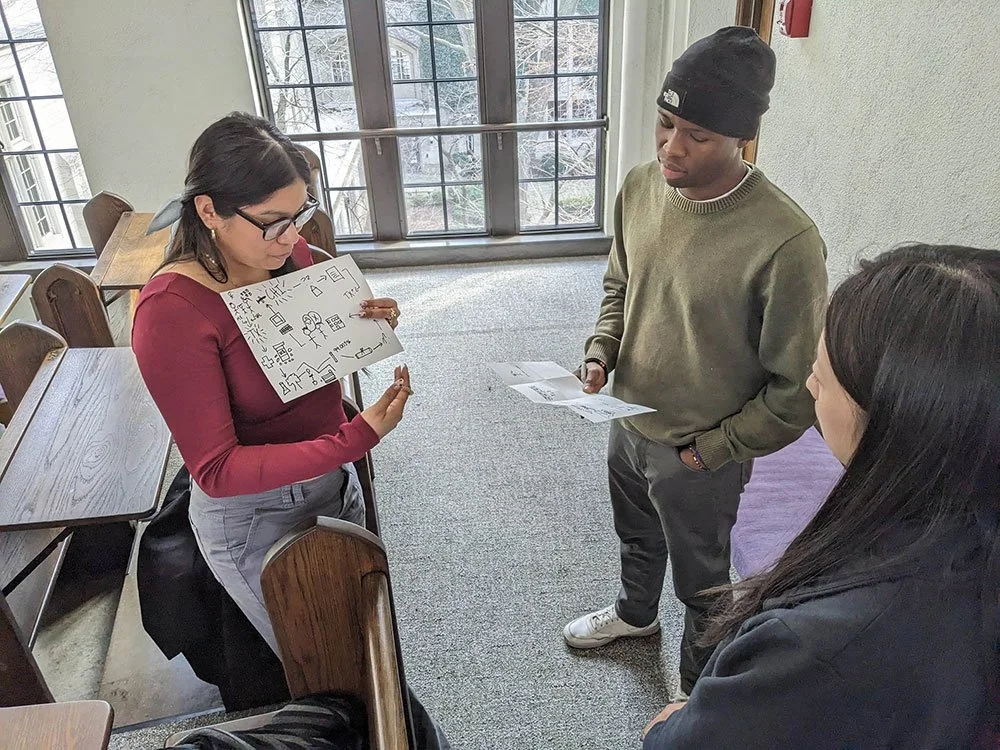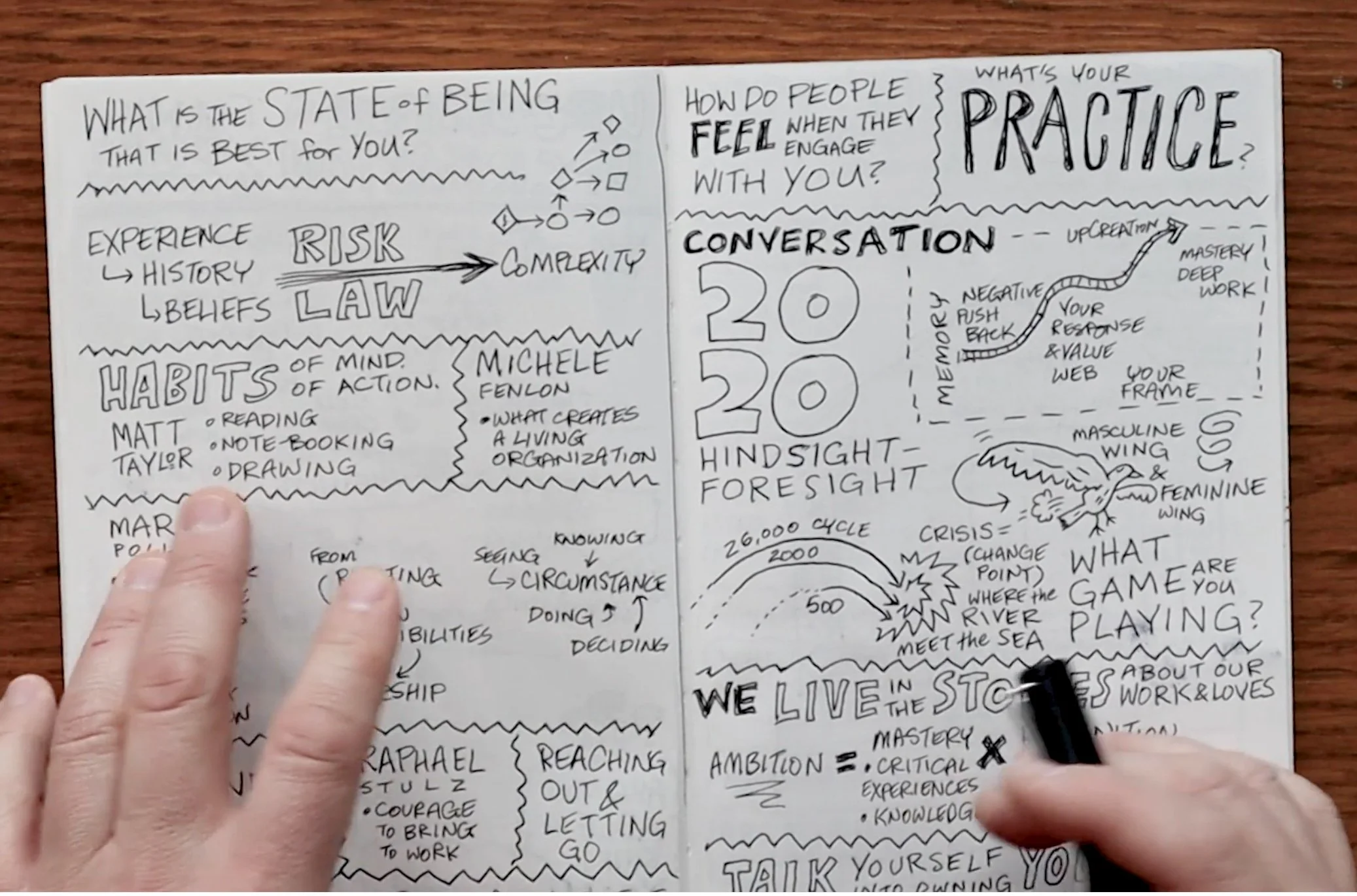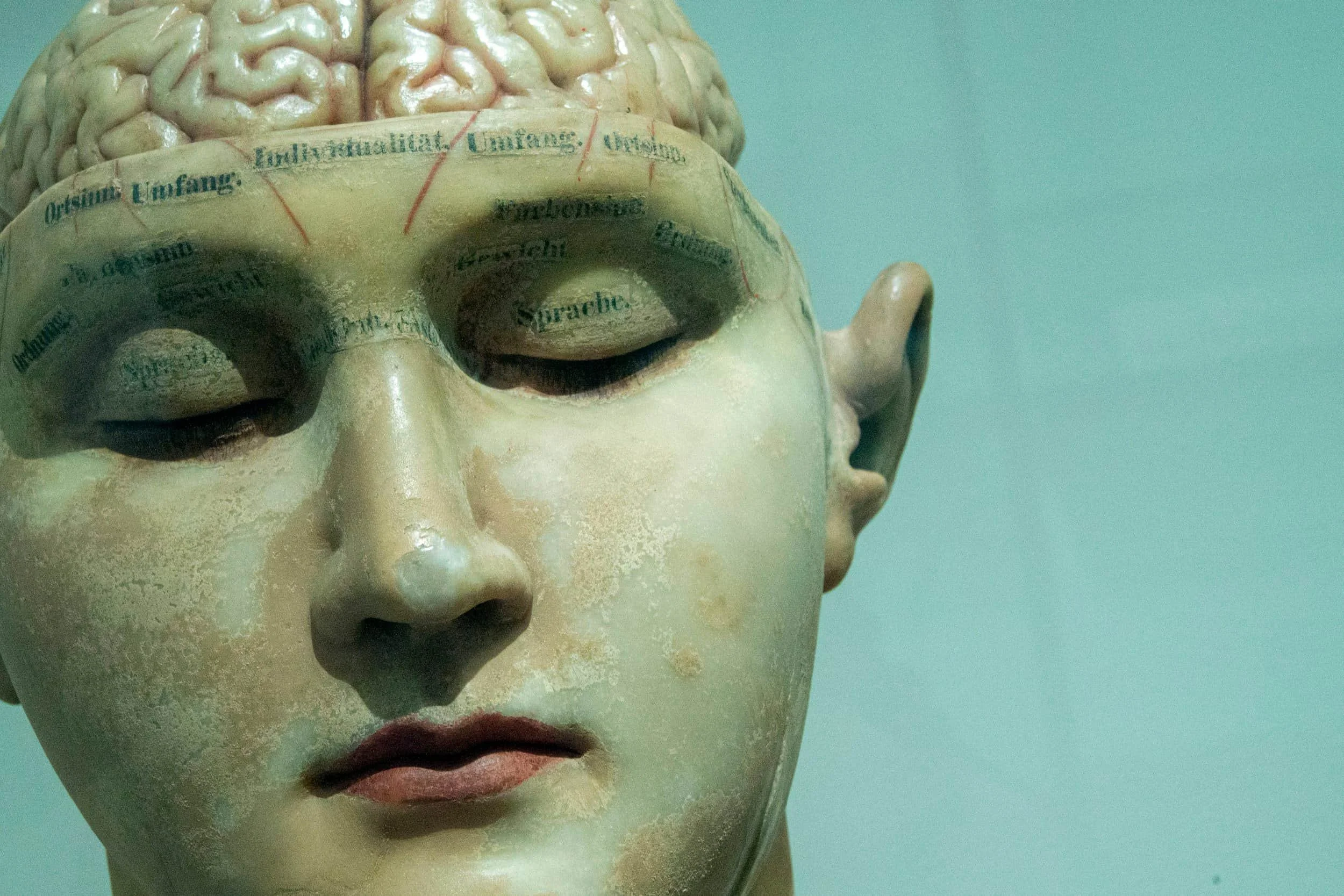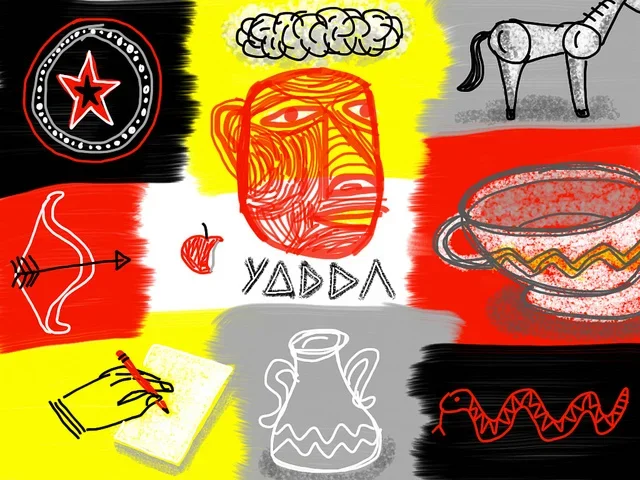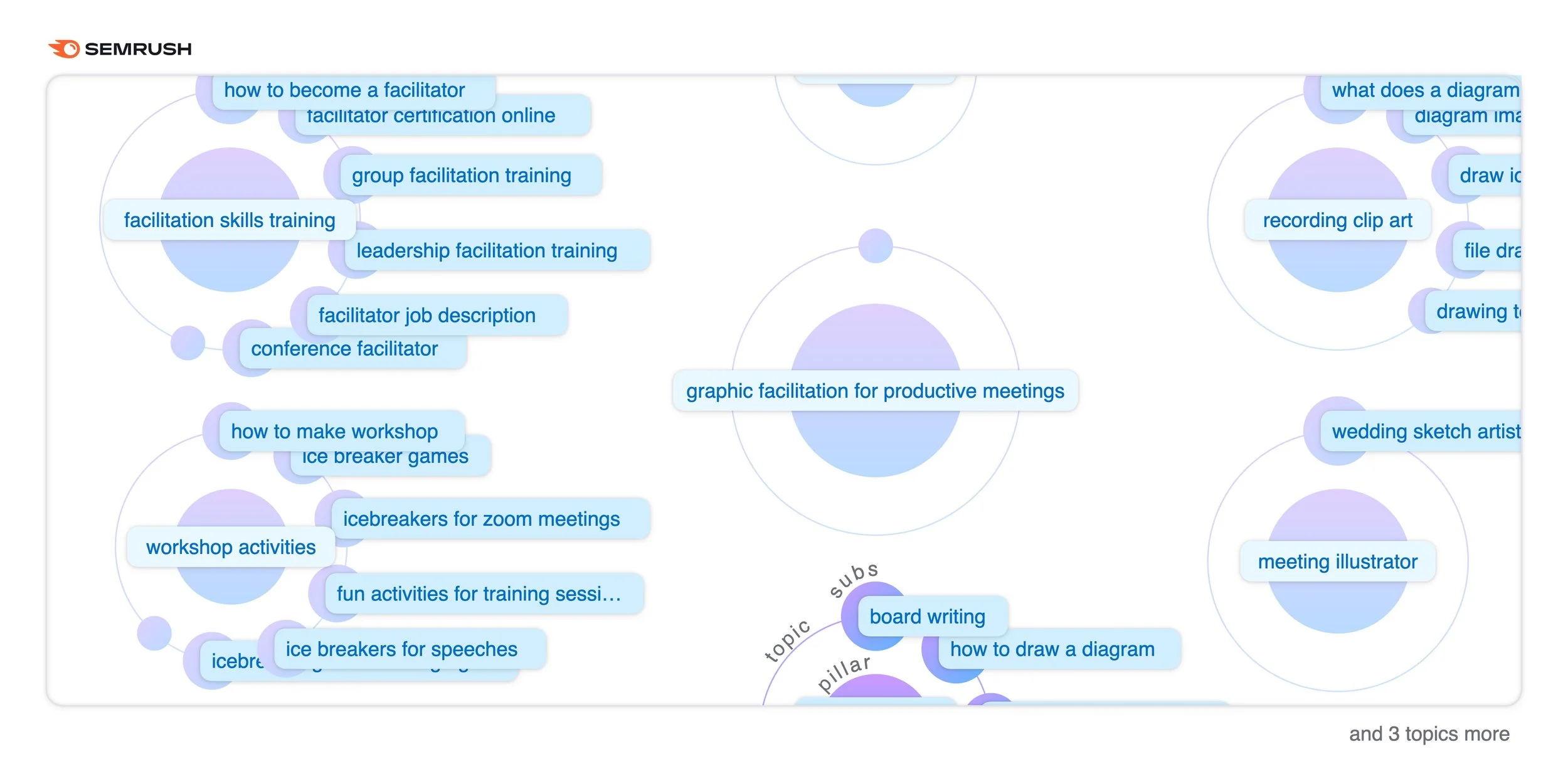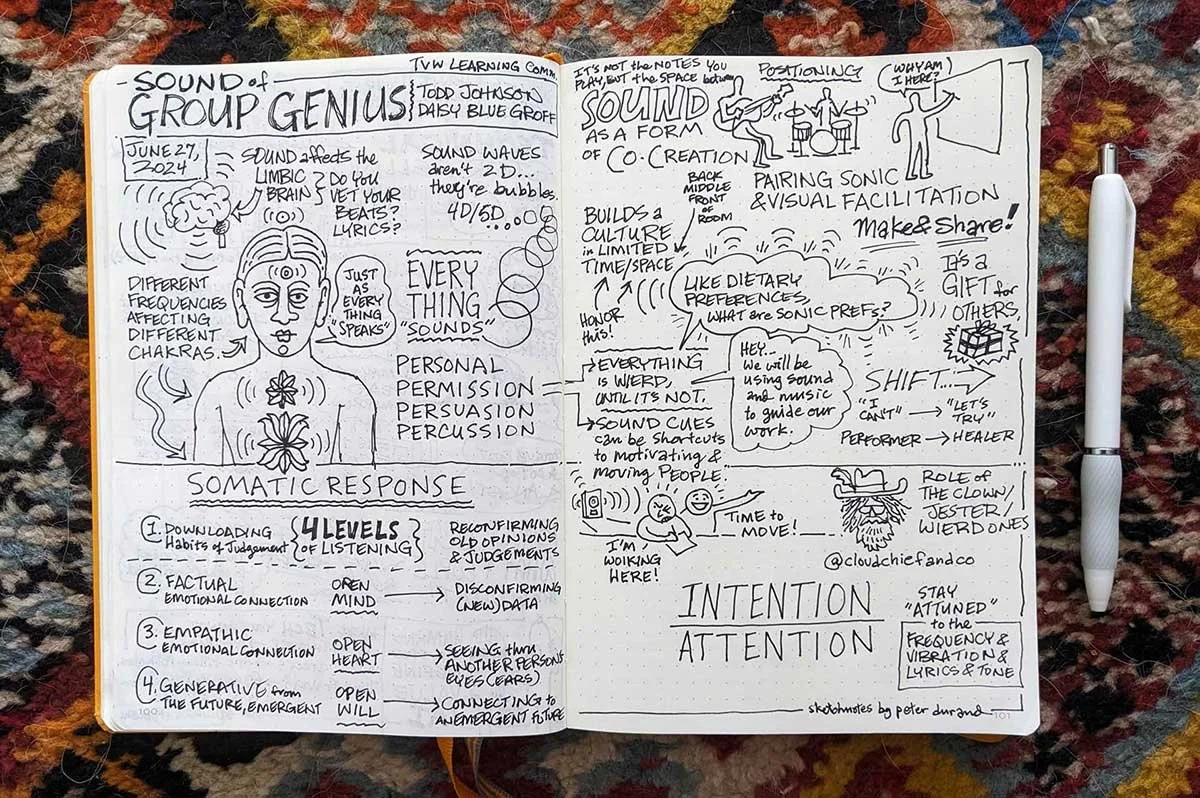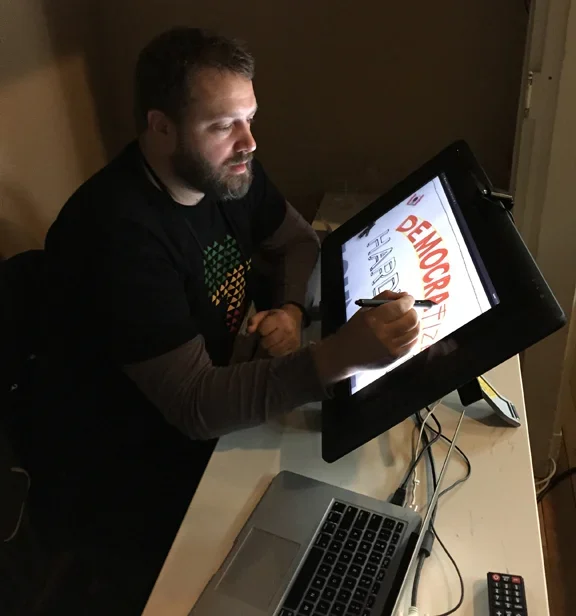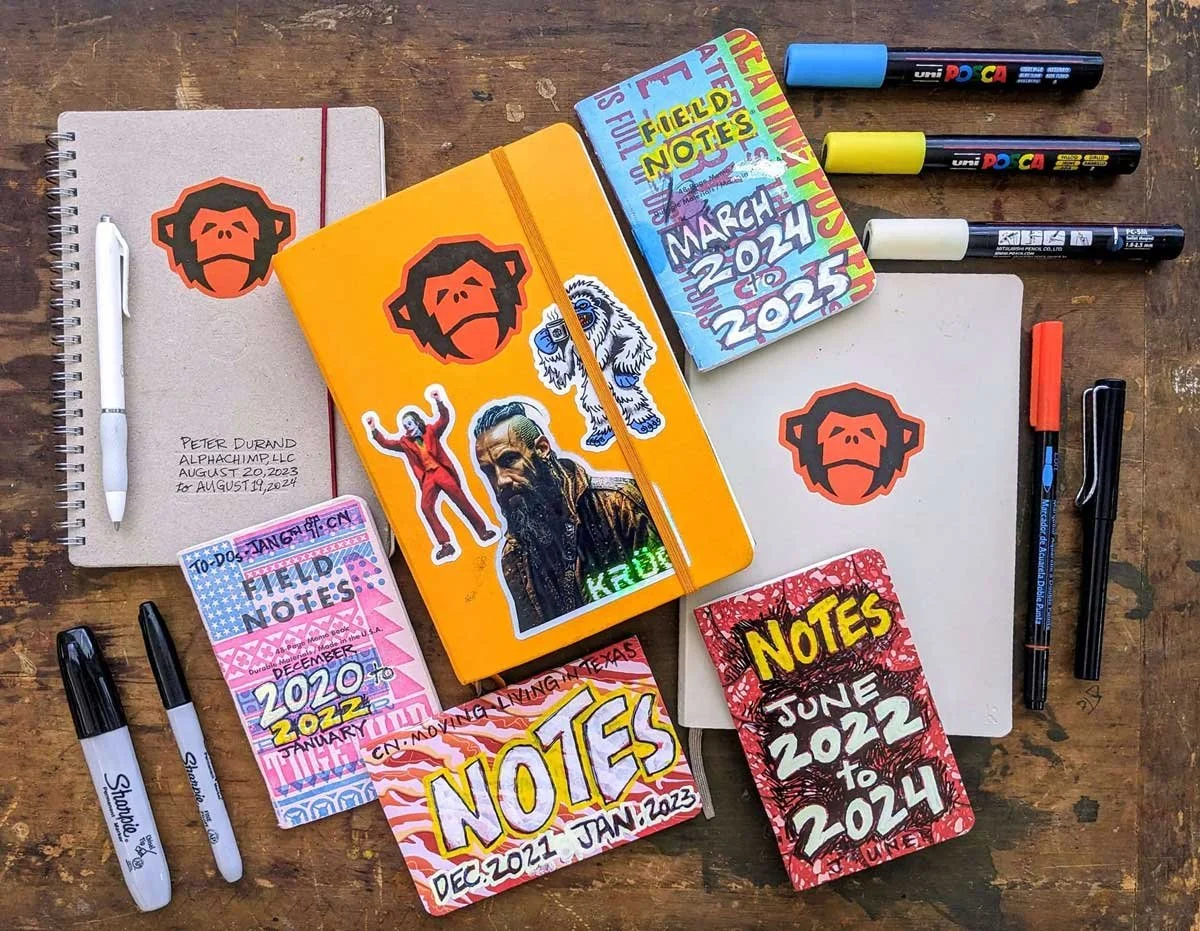
Graphic Note-Taking Tips, Tools and Techniques
Discover how the active process of graphic note-taking ( aka. “visual note-taking “) can transform how you learn, retain information, and boost creativity. Explore methods, tools, and tips with real-world applications for capturing & communicating information.
( SCROLL DOWN FOR MORE TOLLS & TIPS )
a Powerful Way to Boost Learning & Creativity
An Introduction to Graphic Note-taking
In a world overflowing with information, traditional note-taking methods often fall short.
The word “graphic“ has several related definitions, generally pertaining to visual representation or explicit description.
As an adjective, it means a vivid or realistic depiction, such as a “graphic account“ of an event, or it can describe the use of diagrams, images, or shapes in an artistic or communicative way.
As a noun, “graphic” refers to a visual image, diagram, or computer-generated picture used for communication or illustration.
Students, professionals, and creative thinkers are continually seeking more effective ways to capture, comprehend, and retain ideas.
This is both an ancient process and a modern approach that combines text with images, diagrams, and symbols to make information more memorable and engaging.
Whether you’re in a classroom, attending a business meeting, or brainstorming new ideas, this approach can transform abstract thoughts into concrete visuals.
This method is not only about drawing but also about thinking differently — seeing connections, simplifying complex topics, and unlocking creativity.
Let’s explore what it is, why it matters, and how you can use it to your advantage.
What Is graphic Note-Taking?
Taking notes graphically is the active process of intentionally recording key concepts using a mix of words, sketches, symbols, and diagrams.
Unlike plain text notes, graphic note-taking captures information and connects ideas from both the logical and creative sides of the brain.
At its core, this isn’t about being an artist — graphic notes are about making information transparent, engaging, and easier to recall.
Even simple stick figures, arrows, and shapes can bring clarity to otherwise dull notes. For example:
A circle can represent a cycle.
An arrow can symbolize direction or progress.
A doodle of a light bulb might represent an idea.
This style of note-taking makes learning more engaging and enjoyable, while also enhancing memory retention.
Why Visual Learning Matters in Today’s World?
We live in a visual age. From social media infographics to workplace presentations, visuals dominate the way we consume information.
Research shows that people remember visuals six times more effectively than text alone.
For students, visual notes simplify complex subjects like history, science, and math. For professionals, they improve meeting productivity, problem-solving, and brainstorming sessions. And for lifelong learners, they make self-study engaging and meaningful.
In short, this process bridges the gap between information overload and meaningful learning.
REFERENCE: 5 Cognitive Theories Backing the Use of Visuals in Educational Content (Bouchrika, 2025) 4 Benefits: What the Evidence Shows
Concept Mapping
Popularized by Joseph Novak of Cornell University in the 1970s, concept maps are a note-taking method that utilizes nodes (representing concepts) and lines (illustrating relationships) to represent knowledge visually.
His research demonstrated that concept mapping facilitates students’ ability to make connections across topics, resulting in enhanced problem-solving and improved long-term retention.
sources: Wikipedia.org and researchgate.netDigital Visual Notes with Apps
From iPads and Wacom tablets to mobile devices, visual note-takers have numerous options.
Technology has opened new horizons. With apps like Notability, GoodNotes, Miro, Canva, and Scrintal, learners can:
Draw freehand sketches
Color-code notes effortlessly
Integrate multimedia (images, videos, voice memos)
According to the Educause Horizon Report (2023), digital sketchnoting tools are increasingly integrated into classrooms, supporting personalized and multimodal learning.
In brief, there are several key benefits to taking notes by hand and combining images and text.
Improves Memory Retention & Recall
Boosts Learning Performance
Encourages Engagement & Focus
Better for Complex Concept Understanding
BONUS: I would add one more reason: findability. When you have lots of journals, sketchbooks, or an online gallery, the visual notes (a.k.a. sketchnotes) are easier to scan and find when searching for those notes from that thing you were at… whenever that was!
And now the research.
Improves Memory Retention & Recall
A 2018 study in Experimental Aging Research found participants remembered words better when drawn rather than written, regardless of artistic ability. As Melissa Meade (doctoral candidate, University of Waterloo) noted:
“It’s bringing online a lot of different brain regions that you wouldn't bring online if you were just writing information out.”
Research shows that annotating diagrams during learning can improve retention by 34%, while language learners recall vocabulary 50% faster with visual labels.
One study published in Memory & Cognition (2021) revealed that students who combined drawings and text when studying anatomy retained 25% more information than those using text-only notes.
Boosts Learning Performance
Aggregated statistics report that visual or sketchnoting increases recall by around 20%, and students using multimedia notes (images and videos, not just text) retain 31% more information.
Comparative note-taking data shows that visual notes improve memory retention by 30% over plain text, while color-coded notes see a 40% increase in recall accuracy.
Other findings from WifiTalents show that students who take handwritten (versus typed) notes retain 10–20% more information, and conceptual understanding improves by ~25%.
Encourages Engagement & Focus
Graphic note-taking or “generative” note-taking—summarizing, concept mapping, or sketching—promotes deeper cognitive processing and reduces mind-wandering, leading to improved retention.
Additionally, a university professor noted increased classroom engagement and more thoughtful questions when visual notes were used—students were “actively processing the information rather than mindlessly transcribing.”
REFERENCE: A Complete Guide to Note-Taking Techniques for Better Retention (academiahunters.com)Better for Complex Concept Understanding
Graphic structures like concept maps allow learners to see relationships, patterns, and hierarchy, improving comprehension in ways linear notes cannot.
Graphic note-taking helps learners “translate abstract concepts into visual elements,” creating connections and associations that enhance critical thinking and memory.
MORE RESEARCH: Looking for more academically rigorous research and data? We used Elicit.org to analyze nine sources from an initial pool of 50, using eight screening criteria. Each paper was reviewed for five key aspects that mattered most to the research question. Read the analysis of the peer-reviewed literature at: https://elicit.com/review/32530268-3f5f-4eea-acca-0712343628ae 4 Different Methods for visualizing ideas
Visual notes aren’t one-size-fits-all. Depending on your learning style and purpose, you can experiment with different techniques.
Sketchnoting
A specific visual method, framed by Mike Rohde as sketchnoting, is a blend of handwriting, doodles, symbols, and structure. It’s especially effective for summarizing talks, lectures, or podcasts.
Rohde explains:
“Sketchnotes are not about art; they’re about ideas. The quality of the drawing isn’t important — the quality of the thinking is.”
The Sketchnote Handbook
Research supports this. A study published in Instructional Science (2017) found that students who engaged in generative note-taking (sketchnotes and concept maps) retained significantly more than those who wrote verbatim notes.
Graphic Organizers
Graphic organizers — such as Venn diagrams, timelines, and flowcharts — provide learners with a structured way to compare, contrast, and sequence information. These have become more popular in education as recognized tools for learners.
A meta-analysis published in Review of Educational Research found that graphic organizers improved students’ reading comprehension and knowledge retention by an average of 20%.
Graphic organizers enhance reading comprehension in English as a second language students.
Many have been incorporated directly into digital whiteboarding tools such as Mural and Miro.
sources: journals.sagepub.com and www.researchgate.netPen & Paper Essentials
Research shows that writing by hand enhances memory consolidation, activating more cognitive pathways than typing.
Really, all that you need is a good-quality notebook; dotted or blank pages are best for sketching.
Cheap and available fine liners, colored pens, or highlighters.
source: psychologytoday.comTools & Apps
How to Start
Listen and Identify Key Ideas. Focus on the “big picture” instead of writing every word. Summarization encourages deep learning.
Use Simple Sketches and Symbols. Don’t worry about art — use stick figures, arrows, and icons. According to research, even crude sketches significantly enhance memory recall. (time.com)
Organize Notes in a Logical Flow. Use containers (such as boxes or circles) and connectors (like lines or arrows) to illustrate relationships.
Practice and Build Your Style. The more you practice, the faster and more natural it becomes. Many experts recommend dedicating just 5 minutes daily to doodle, sketch, and summarize something you’ve learned.
Practical Applications
In Classrooms & Learning
Teachers report that students using sketchnotes score 15–25% higher on assessments. (scrintal.com)
Graphic notes aid language learners by associating new vocabulary with images.
In Meetings & Workplaces
Businesses use a graphic note-taker to capture meeting minutes, facilitate brainstorming sessions, and inform strategic planning.
According to a study in Harvard Business Review, meetings that incorporated graphic facilitation techniques were 24% shorter and 30% more productive.
For Personal Growth & Journaling
Bullet journaling often overlaps with sketchnotes, promoting reflection and habit tracking.
Traditional Journals that integrate doodles improve motivation and emotional clarity.
For Creative Projects & Brainstorming
Designers and writers use sketchnotes to spark ideas.
Teams use concept maps to break down problems into smaller, actionable parts.
FAQs
-
No. Even stick figures, arrows, and simple shapes are enough. It’s about ideas, not artistry.
-
Initially, it may take longer. With practice, it often becomes faster than writing long paragraphs
-
Absolutely. Many consultants, managers, and UX designers rely on it for meetings, pitches, and workshops.
-
Yes. Research consistently shows 20–34% improvement in recall with visual methods (thinkingineducating.com).
-
GoodNotes and Notability are popular on iPads. For collaboration, Miro and Canva Whiteboard are beginner-friendly.
-
By encouraging students to use diagrams, mind maps, and sketchnotes instead of relying solely on text-based note-taking.
Teachers can also model visual summarization during lectures and model this behavior for students.
We even offer a training workshop for faculty.
Conclusion
This note-taking method is more than doodling — it’s a research-backed strategy that improves memory, enhances creativity, and deepens understanding. With tools ranging from a simple pen and paper to advanced digital apps, anyone can harness this method.
As Mike Rohde reminds us, it’s about capturing ideas, not creating art.
Whether you’re a student, professional, or lifelong learner, adopting this practice can transform the way you process information — making learning more engaging, meaningful, and fun.

